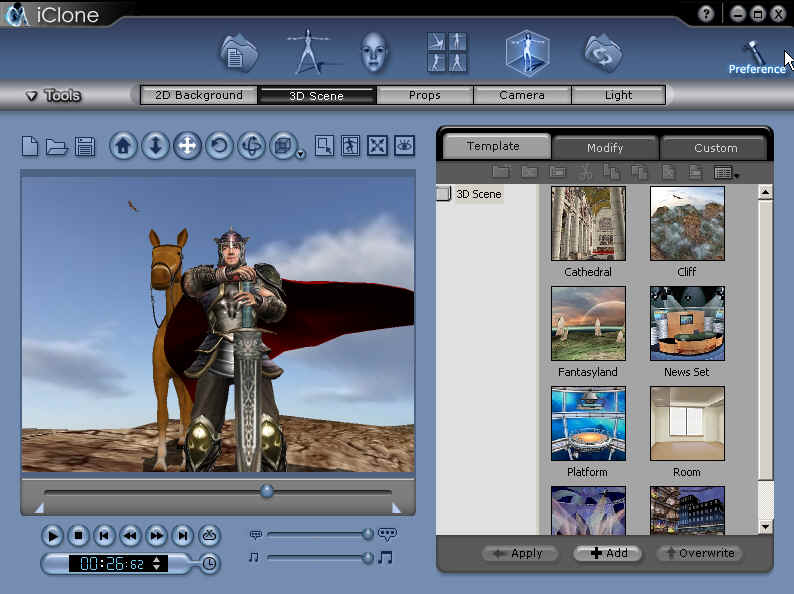

The animators then created more than 500 million digital files. It took about 18 months to two years to craft the film, with a lot of back-and-forth to get the look of every frame just right. To visualize Dragon 2, the team created more than 100,000 storyboards for the 90-minute film. The storyboards are the first part of a dozen steps that have to happen before a film makes it to thousands of theaters. Dean DeBlois, director and screenwriter, worked on several scripts and went through about two years of prototyping the film on comic-like storyboards. It took about 495 artists to make the movie. The numbers behind the effort are impressive, both in human capital and computer resources. When the artists need the computing power to create and modify film-quality images in real-time, DreamWorks taps the 16-core processors from Intel on every animation workstations, as well as the computing power from cloud-connected data centers. 'Our business is telling stories, but we are focused on visual stories,' said Katie Swanborg, director of technology communications and strategic alliances at DreamWorks Animation, in an interview.
#Dreamworks animation software free download how to
Such alliances are aimed not only at making the best film possible, but doing it in a cost-effective way.Ībove: How to Train Your Dragon 2 features detailed characters. 'That's why we have Intel as a substantial partner in all of this.'

'Moore's Law has been a key transformer of every business and every product, including ours,' said Wallen. Those tools transformed the way that animators worked from a process of tweaking spreadsheets to something that resembles the old-fashioned way of drawing images with pencil and paper. It also created an artist's animation software program called Premo, made so that artists could get back to drawing their characters and landscapes with pens and touch-sensitive computer displays. Part of the reason for that return on investment is the efficiency of the cloud computing infrastructure that DreamWorks Animation built over the last decade, said Lincoln Wallen, chief technology officer of DreamWorks Animation, in an interview.ĭuring the making of the film, DreamWorks built a software platform dubbed Apollo. The software is extremely powerful and it allows our artists to express themselves.' 'Having so many dragons and an army of thousands of soldiers is something we couldn't have done before.

'There are no limits on what we can do now,' said Dean DeBlois, director of the film, said in an interview. We took a tour of the Redwood City, California-based company to unmask the process behind the making of the movie. The marriage of technology and art at the Silicon Valley campus of DreamWorks Animation is what makes computer-animated movies possible. That's a good return so far on a film that was built on a $147 million budget (without cost overruns). We went deep inside DreamWorks to find out how it used cutting-edge enterprise and animation tech to make this summer's blockbuster animation.Īnimated movies take a lot of computer know-how, but they have brought in more than $11.5 billion in revenues for DreamWorks Animation since its inception.Īnd How to Train Your Dragon 2 has generated more than $384 million in box office revenues so far this summer. How to Train Your Dragon 2 is a visual delight that has entertained millions of moviegoers this summer.īut you may not realize that it's also a technological wonder, made with a technological infrastructure that represents the state of the art in enterprise computing. Founded in 1995, Shelf Logic's breakthrough quality software has made it the World leader in planogram software. Shelf Logic pioneered an easy and affordable way for smaller companies to reap the many benefits of planogramming, allowing them to sell to the large retail chains that demand planograms from their suppliers. The amazing animation software behind 'How To Train Your Dragon 2' DreamWorks Animation started from scratch to give its artists the best of all worlds. The decision was made around 2008 to build a new software tool. So, the conversation was also, 'Well, we should be building a new animation tool.' We took Emo as far as we could. AWN: You had to build new software programs to take advantage of increased processing power. Originally developed in the 1980s by Pacific Data Images, Emo was designed to animate primitive. Throughout the studio's history, it's relied on a custom piece of animation software named Emo.


 0 kommentar(er)
0 kommentar(er)
